How to Grow a Tulip Poplar Tree
Updated: Oct. 26, 2022
With unique leaves and showy flowers, a tulip tree offers superb wildlife value.
Our editors and experts handpick every product we feature. We may earn a commission from your purchases.
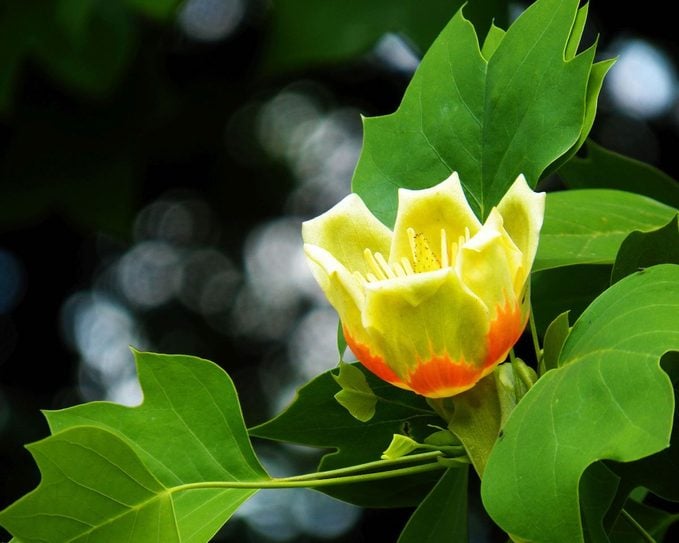
A tulip tree’s spring flowers are one of spring’s best sights, though they’re often easy to miss since they bloom high up in the canopy. Even after the blooms are gone, the uncommon leaf shape adds interest to this popular wildlife favorite. Here’s how (and where) to grow it.
Tulip Tree Fast Facts
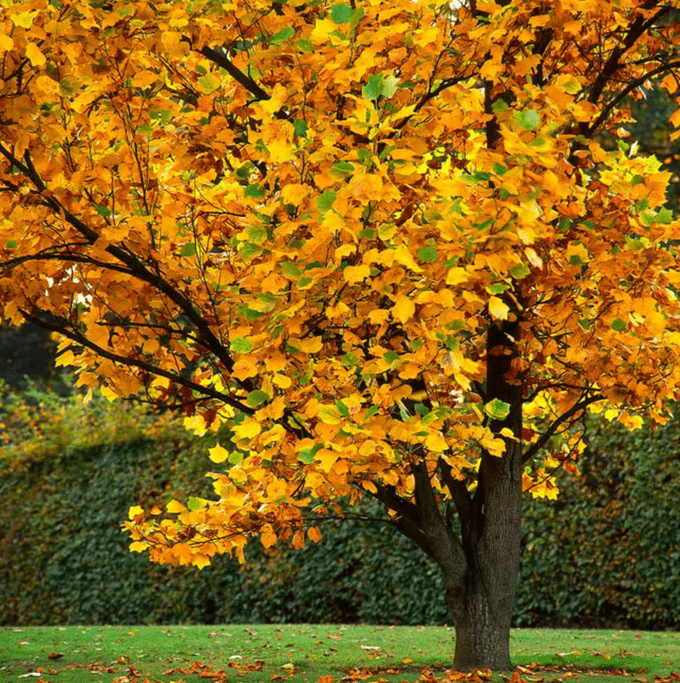
- Scientific Name: Liriodendron tulipifera
- Alternate Names: Tulip poplar tree, yellow poplar
- Zones: 4 to 9
- Size: 70 to 90 feet tall, with a spread of 30 feet to 50 feet
- Growth Rate: Fast, up to 2 feet per year
- Exposure: Full sun
- Water: Grows best in moist soils
What Does a Tulip Tree Look Like?
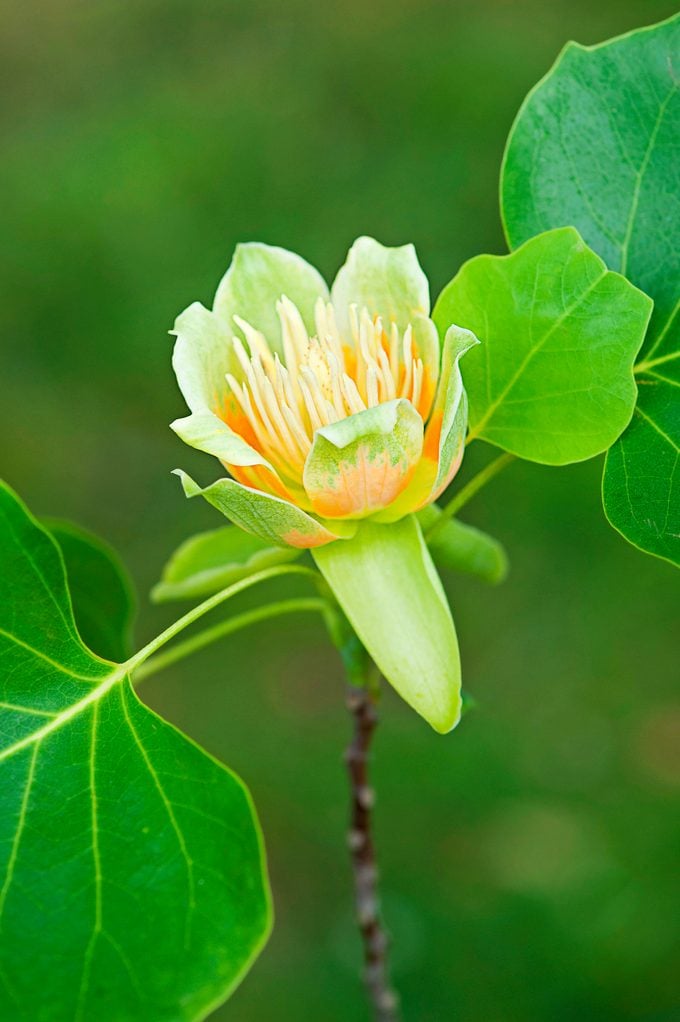
Head to the deciduous forests of Eastern North America to see tulip trees in all their towering glory. They thrive in the moist rich soils alongside streams, where in ideal conditions they can reach up to 150 feet tall.
In the spring, yellow and orange tulip-like blooms appear high in the branches once the trees hit maturity, where they’re easy to miss as the tree reaches full height. Most people notice them with the spicy-scented petals fall to the ground beneath.
Fortunately, you don’t need to climb high into the sky to appreciate these trees come fall. The unique waxy leaves turn a brilliant yellow as cooler weather arrives, adding welcome color to the autumn forest.
During the summer, birds treasure these trees for nest-building. The winged seeds grow in cone-like pods, and are prized by squirrels, rabbits, and birds like finches and cardinals. Tulip trees also serve as a host plant for the gorgeous eastern tiger swallowtail (Papilio glaucus) butterfly and tulip tree silk moth (Callosamia angulifera), so their wildlife value is superb.
Tips for Growing Tulip Trees
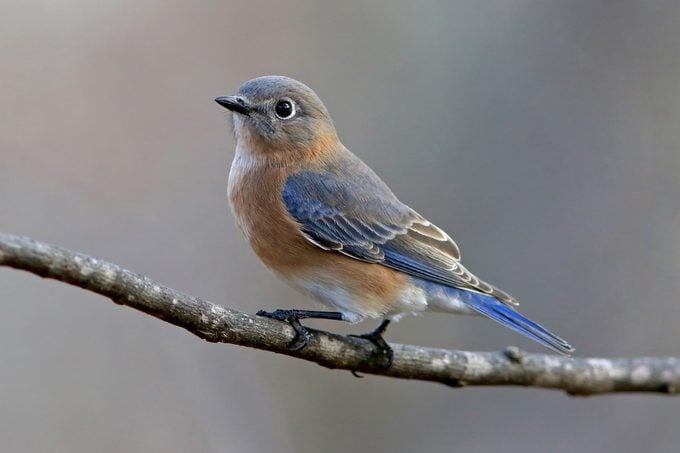
In the right conditions, these trees require little care to thrive. They need loose well-drained soils, the richer the better. Provide regular moisture, especially in the early years, to mimic their native environment. Be sure you have enough space before planting, since tulip poplars can reach massive heights and spreads. (Check overhead for power lines, to avoid the need to prune excessively once they start scraping the sky.)
Tulip poplars are softwood trees, making them somewhat susceptible to limb damage in high winds or icy storms. If you have these trees close to your home or other structures, consider hiring an arborist to assess and trim as needed from time to time. This will help prevent accidental damage down the line.
Though tulip trees prefer moist soils, they can tolerate some drought in humid climates. In other areas, they may drop their leaves in response to extended drought. Don’t plant this tree unless you can guarantee it the regular watering it desires.
Learn how and when to plant tulip bulbs.
More Benefits of Tulip Trees
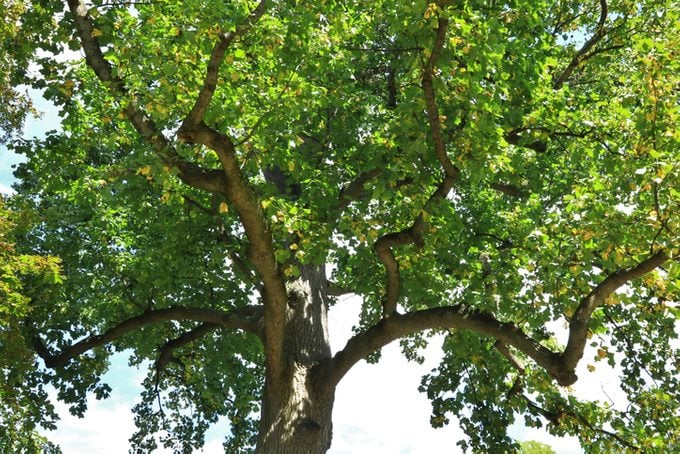
These beloved forest denizens are the state tree of Kentucky, Indiana, and Tennessee. They’ve been introduced to the American West and other places around the world. In their native forests, tulip trees tower among their neighbors. In 2011, a specimen measuring 190 feet tall was discovered in the Smoky Mountains of North Carolina. It’s been nicknamed “The Tall One,” for good reason!
Indigenous people used tulip poplar medicinally in a variety of ways, and also valued it for lumber. The Cherokee were known for their poplar tree canoes; the tall straight trunks were easy to carve out, making canoes that could stretch 60 feet or more.
Later European colonists also came to prize these trees, harvesting them to build houses, furniture, and many other woodcrafts. Today, the tulip poplar continues to be a valuable source of lumber, thanks to its fast growth habit and quality wood.
Next, check out 6 fascinating tulip facts you don’t know.




















